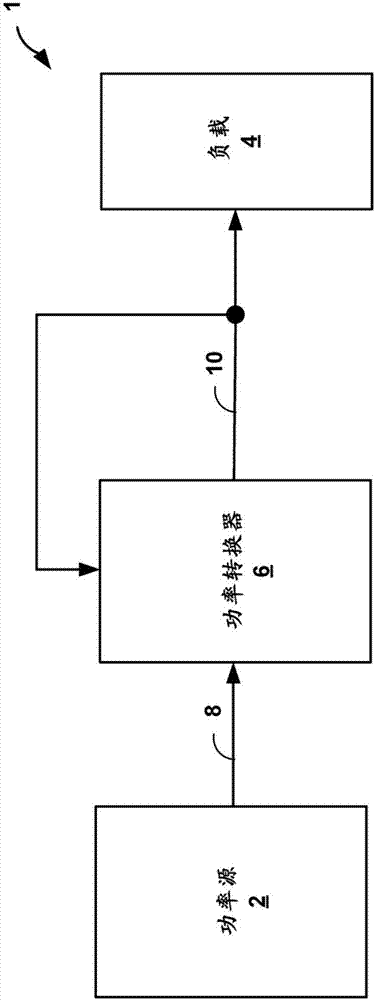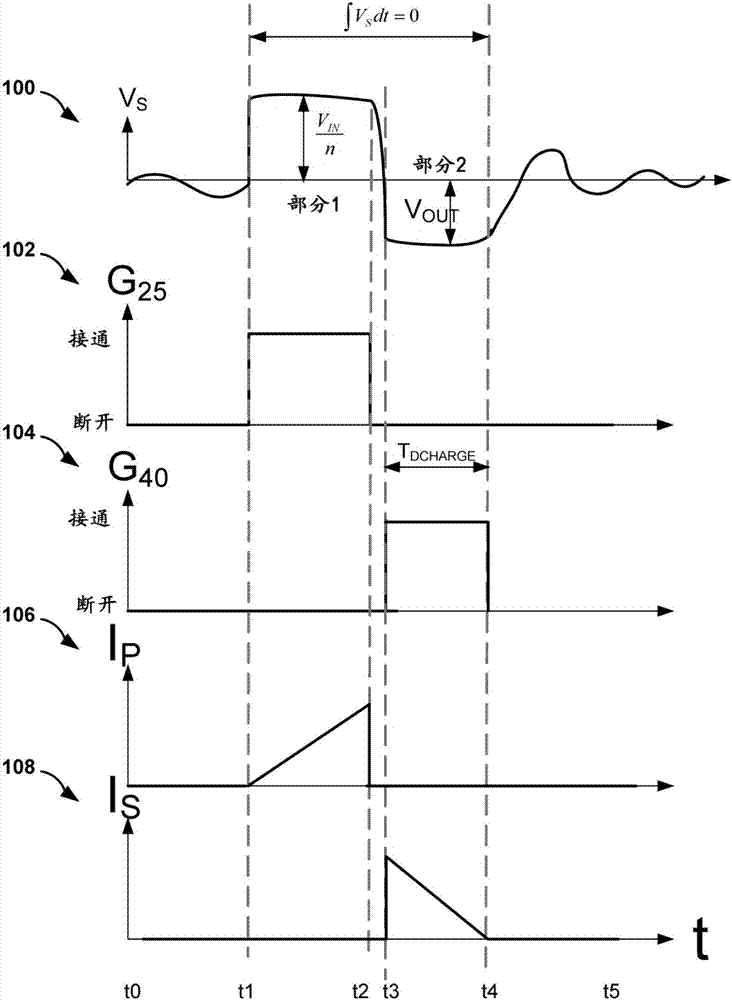Delta-sigma modulation for power converter control
A technology of converters and switching elements, applied in the direction of output power conversion devices, control/regulation systems, DC power input conversion to DC power output, etc.
- Summary
- Abstract
- Description
- Claims
- Application Information
AI Technical Summary
Problems solved by technology
Method used
Image
Examples
Embodiment Construction
[0020] Delta Sigma modulation is a technique used in digital signal processing (DSP) to encode an analog signal into a high-resolution digital signal that can then be transmitted, decoded, and converted back to analog form. For example, in a conventional analog-to-digital converter (ADC), the ADC integrates or samples an analog signal at a specific sampling frequency, and then quantizes the sampled analog signal into digital form.
[0021] Delta-sigma modulation performs two steps to reduce error noise in the ADC process. First, the delta-sigma modulator computes the delta (eg, difference) between the current sample of the analog signal and the previous sample of the analog signal. The delta sigma modulator then integrates the deltas and digitizes the integrated deltas into a digital bit stream (eg 1 bit using a comparator) at an oversampling frequency, which is typically much higher than the highest digital frequency. Next, a delta-sigma modulator converts the digital bit st...
PUM
 Login to View More
Login to View More Abstract
Description
Claims
Application Information
 Login to View More
Login to View More - R&D
- Intellectual Property
- Life Sciences
- Materials
- Tech Scout
- Unparalleled Data Quality
- Higher Quality Content
- 60% Fewer Hallucinations
Browse by: Latest US Patents, China's latest patents, Technical Efficacy Thesaurus, Application Domain, Technology Topic, Popular Technical Reports.
© 2025 PatSnap. All rights reserved.Legal|Privacy policy|Modern Slavery Act Transparency Statement|Sitemap|About US| Contact US: help@patsnap.com



